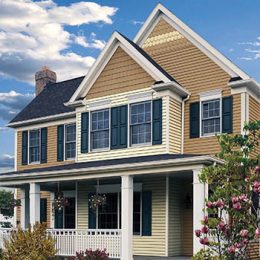
You might plant shrubs and bushes to make your yard look nicer. They might also lower your energy bill.
Careful landscape planning can help protect a house from summer’s hot sun and winter’s cold winds.
Here’s a quick guide to saving energy through smart planting:
- Determine the climate in your community and even in your yard. Does your house sit on a sunny hill, or does it get more wind than most?
- The best landscapes combine trees for shading in the summer and those that serve as windbreaks in the winter.
- Trees not only shade the house, but they can reduce the air temperature nearby by up to 9 degrees, according to the Department of Energy. Air underneath trees can be 25 degrees cooler than the area above unshaded blacktop.
- Plant deciduous trees — the kind that shed their leaves in the fall — with high, spreading branches to the south of your home. This allows for ultimate shading in the summer, while still letting winter solar heat filter in. To the west, plant trees with lower crowns to block afternoon sun.
- Deciduous trees of six feet to eight feet can begin to shade the home the first year, although five to 10 years will pass before they’re tall enough to shade the roof. Use shrubs, vines and groundcover plants to line walkways and windows for additional cooling.
- If winter wind is your concern, design windbreaks to reduce wind chill. Plant a combination of trees, shrubs and bushes with low crowns to the north and northwest of the home. Dense evergreen trees protect best, but plant them at a distance of two to five times the maximum height. As a backup, plant bushes and vines about a foot from the house to create insulating air space.
By incorporating energy-saving ideas into your landscape plans, you can have both a beautiful yard and a lower energy bill year-round.



